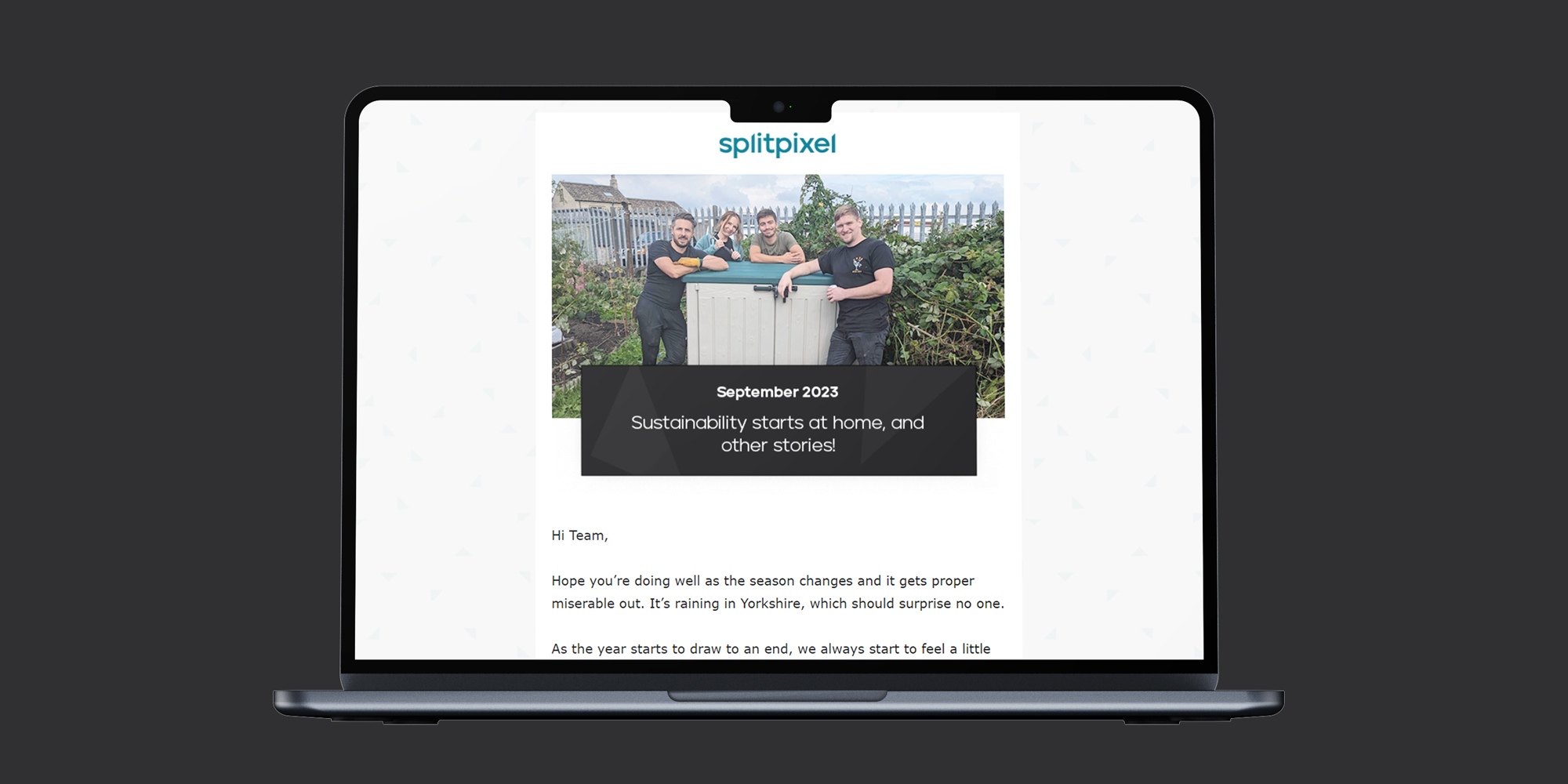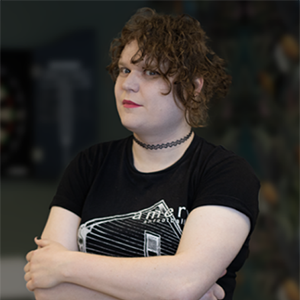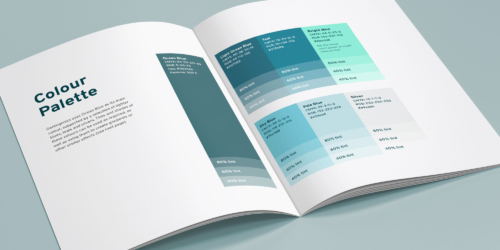The COVID-19 pandemic has not only shown how reliant we are on digital tools, but that these digital tools have become the primary way people engage with information and connect with others. The time of queuing outside the box office for in-person ticket bookings is well and truly coming to an end.
When designed and built well, a theatre website will be the most important tool a venue can have. With one website you can advertise shows, sell tickets, hire new staff (from the front of house team to the stage performers), archive heritage information, and keep visitors coming back time and again. The consequence of a bad theatre website is quite simple – people just won’t book.
So you want to create a great theatre website? Here’s what separates the good websites from the great websites, and what you should focus on when setting up a new theatre website:
Accessibility – allow people of all abilities to enjoy your website
From alt tags to colour choices, ensuring web accessibility can seem a bit daunting. But, at its core, web accessibility just means considering how easily disabled people will be able to navigate your site, book tickets, and find information. They may want to know whether your auditorium is wheelchair accessible or if the show they’re seeing has flashing lights, and all this information should be really easy to find.
The navigation itself should be smooth and all images should have descriptions so people with visual impairments can enjoy them too. There are a few things to consider, especially if you’re required to meet certain accessibility standards, but the results are always worth it.
A theatre website should always be taking steps to make itself as accessible as possible to users, reflecting the steps you’ve likely taken to provide accessible performances. Not only does this benefit almost everyone and help your website perform better in search engines, it’s also an important way of building a diverse audience that reflects all groups in society. The theatre sometimes has a reputation of being something that can only be enjoyed by the upper echelons of society rather than a hub for community, and it’s important that theatres take steps to be inclusive – ensuring good accessibility on its website is just one way of doing this.
![]()
Smooth integrations – everything built to work together
Perhaps the most important key performance indicator of a theatre website is ticket sales. To achieve great results, your site will require careful integrations between your website and your choice of theatre ticket booking plugin. From Spektrix to SRO, Savoy or WooCommerce – your website should be set up from its foundations to properly communicate with box office software or commerce plugins rather than tacked on as an afterthought.
A great theatre website should have purpose-built integrations so that you can rely on them not failing when you need them the most. Custom integrations done well will have a positive effect on the overall user experience (helping your website be more accessible and run better).
Rather than there being an obvious point where the booking platform kicks in and takes over – which can be jarring for users – the booking system functions should be woven into the website subtly. Smooth integrations allow smooth user journeys!
Dynamic design – something as engaging as your theatre company
Great theatre websites hit you with great design features from the moment you open them. Gorgeous hero sliders and videos that put your performances front and centre, cool animations, interactive elements – these are the things that you can’t always put your finger on, but you know they look great. Attention to detail when it comes to dynamic design is something that really takes theatre websites to the next level.
Theatres are creative spaces that entertain and engage with their audiences on an emotional level. Dynamic design elicits an actual emotional response from your audience – this is not an exact science; this is about creative design that captures who you are and gives your audience a glimpse of what you have to show. Something that makes them think ‘Wow, I need to book tickets now!”
Great images – a chance to show off
Once you’ve set up the building blocks of a great website that’s easy to navigate, has smooth integrations, and is stylishly designed – it’s the content that you choose to feature that really brings the website to life. Images can make or break a theatre website. Where dated, low-quality images make your theatre look equally dated and unprofessional, amazing, high-quality images allow you to show off the best features of your theatre – from its building to its incredible performers.
High-quality, artfully shot, well-edited images can make any patron as excited to come and see a local theatre production as they would be to see a Broadway show. Show off your performers, your gorgeous theatre design, costuming, and makeup. Get your audience excited to see you. Great images leave users eager to book tickets to enjoy more exciting artistry and visuals.
![]()
A good story – tell people who you are
A theatre website needs to convey the rich history of the theatre and the culture that surrounds it. A big part of attracting visitors is creating a sense of community and making theatre patrons feel like they’re part of something. This is where you share your ethos, values, and all the things that you really care about, expressing what your theatre truly stands for.
A great theatre website needs to tell a great story – this could include a detailed look at the history of the theatre and its company or an insight into the creatives and techies behind the curtain. A good Meet the Team page is an excellent way of making a connection to your audience and showcasing the work that goes into making great theatre and a History or Heritage page that offers a timeline of events showing how your theatre has grown or changed over the years gives your website added depth that your patrons will really enjoy.
![]()
Clear information – make it as easy for people as possible
Great theatre websites don’t make themselves a maze of information that someone needs to battle through to find what they’re looking for. Your website should be well planned, considering user journeys that lead your patrons through your website with ease. Everything should be logically structured and link together in all the necessary places.
Your website should anticipate the next move of your users and make their life as easy as possible. Human patience is fleeting, especially when it comes to web browsing and, if anyone’s already on the fence about your theatre, unclear and poorly organised information will really turn them off – and your bounce rate will show you just how quickly they gave up. Studies show that you’ve got fifteen seconds to get someone’s attention on a webpage – if they can’t find what they’re looking for straight away, you’re going to lose them.
![]()
Multimedia content – digital performance streaming is the future
A great theatre website needs to handle multimedia content with ease, allowing users to book tickets for live-streaming and pre-recorded events as easily as they would for a regular show (and then watch them without major technical issues).
The pandemic showed us that the demand for events in the digital space is only going to continue to grow in the future. Great theatre websites will stay ahead of the curve with digital trends in the theatre industry and lead the way with video content, whether it’s behind a paywall or accessible to all.
So, how is it done?
If you’re not designing your website yourself, find a web design agency that really understands what you’re looking for – and has a track record of making theatre websites you find captivating – and get started!
At Splitpixel, we set a company record for the number of theatre websites we designed and built during 2020, in part due to the increasing need for comprehensive, engaging, and user-oriented digital platforms in the time of coronavirus.
We absolutely love building theatre websites because we really get to flex our web design and development skills. Our web developers, some of whom are specialists in integrations, have become very well practiced in integrating Spektrix, WooCommerce, and more into our WordPress websites; and our web designers get to sink their teeth into projects that allow them to think outside the box to create stunning, bold, and dynamic designs (which our clients have really enjoyed).
Theatre companies also tend to share our ethos of cultivating and supporting a local community. That’s especially why, though we’re proud to have worked with theatre companies across the country, we have a special place in our heart for Yorkshire-based theatre and performing arts organisations.
Find out more about our amazing theatre and performing arts projects.
Continue reading...
Splitpixel partners with The Welcome Centre charity
Splitpixel have always been all about sustainability and supporting the local community – it’s one of our core values. Over the years our team have done a lot of volunteering; we’ve planted trees, helped build a school playground, used our marketing skills to support charities, and will be taking part in The Big Sleep Out this year!
Written by Lily Houston
Web Design Brand Guidelines – and what to do if you’re worried about web accessibility
Since 2008 I’ve used countless brand guideline documents when designing websites. Back when I started, there wasn’t much of a conversation about accessibility – the overall aesthetic was all people were worried about.
Written by Rob Marshall
Sign up to our newsletter

Lets work together
Contact us

